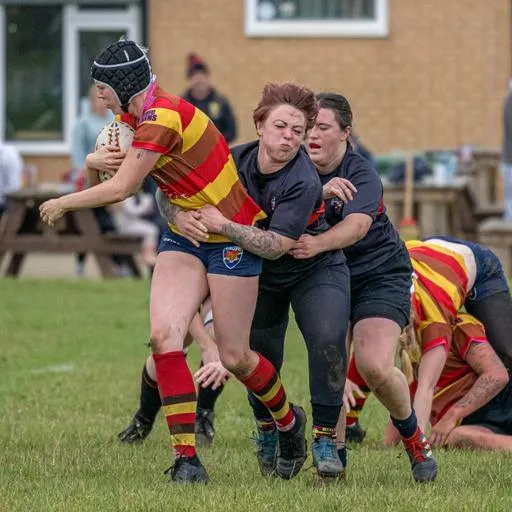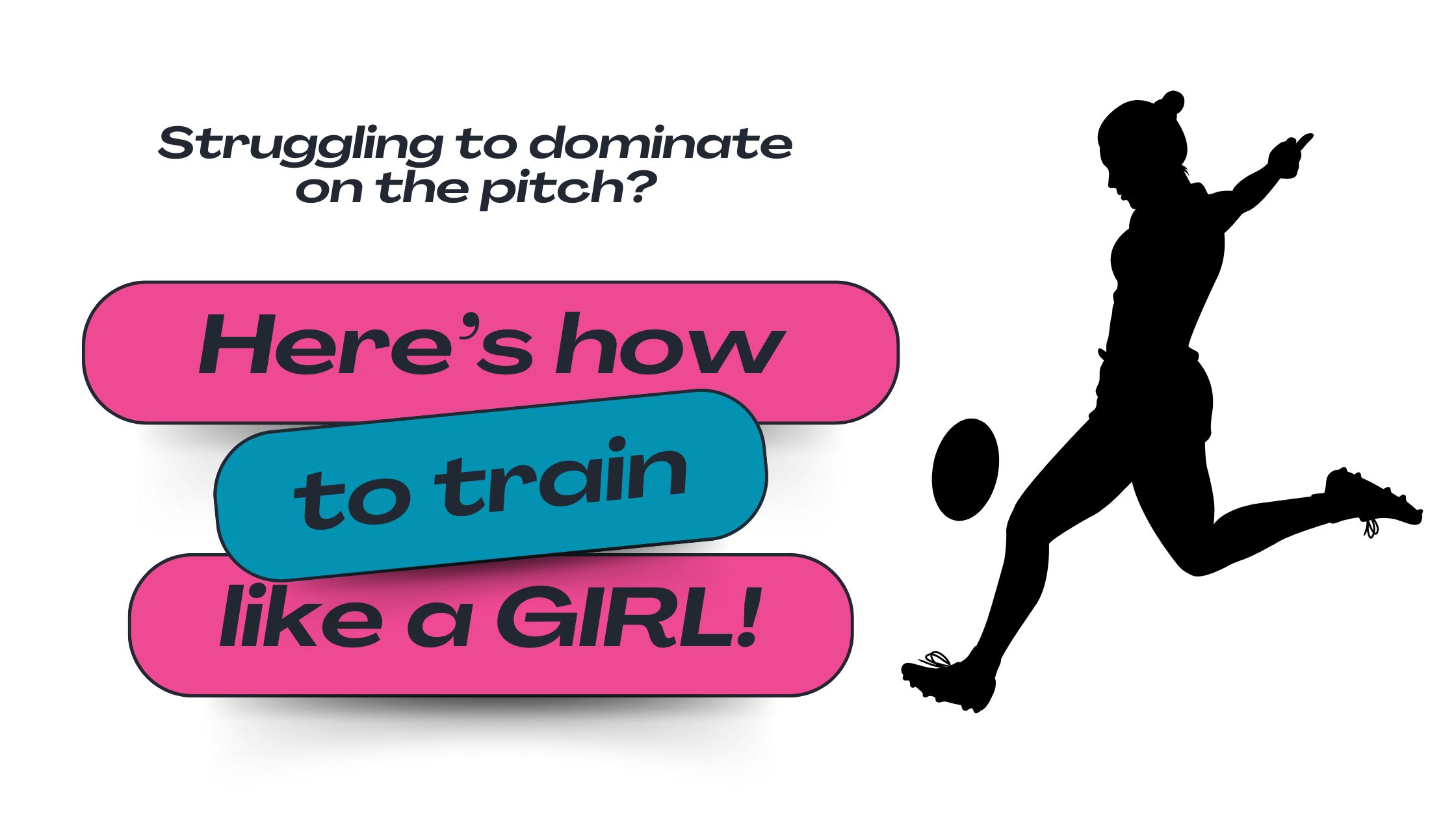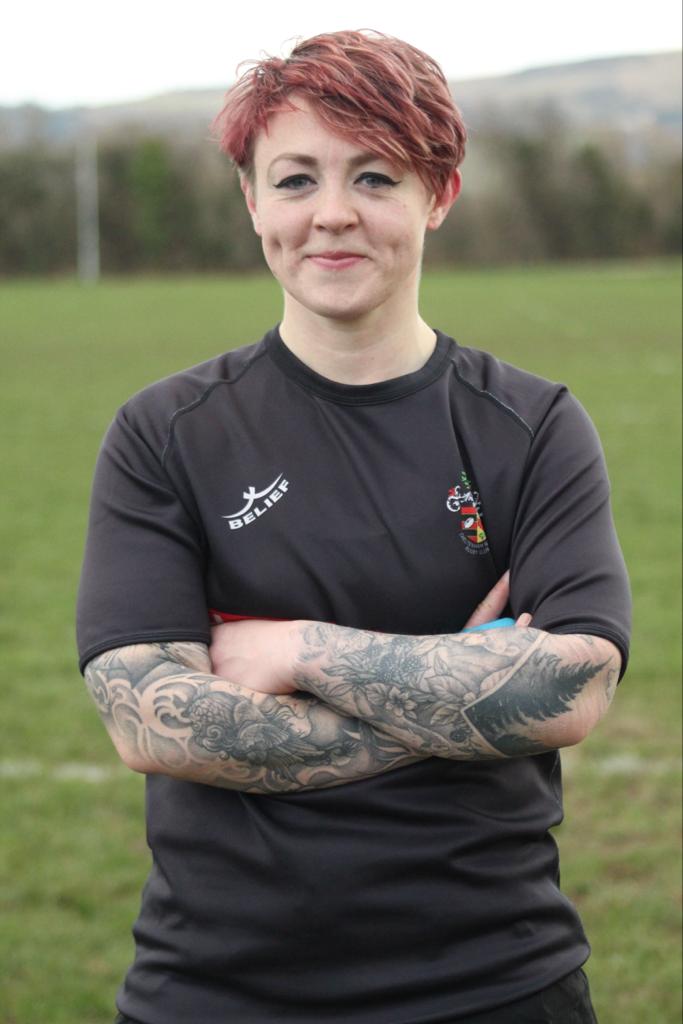
Ditch the 'bro' Science!
Ditch the 'bro' science: Why Female Rugby Players Need to Train Like Women (Not Mini-Men!)
For too long, female athletes, including those dominating the rugby pitch, have been relegated to training programs designed primarily for men. This "train like a man" mentality, rooted in a limited understanding of female physiology, is not only ineffective, it actively undermines performance and jeopardizes long-term athletic potential. It’s time to break free from this outdated paradigm and embrace a scientifically-grounded approach that recognizes and celebrates the unique biological landscape of the female athlete.
So, what makes training like a woman so fundamentally important for elite performance? The answer lies in the intricate interplay of hormones, biomechanics, and muscle physiology that differentiate us from our male counterparts.

The Hormonal Advantage (When Leveraged Correctly):
Estrogen and progesterone, the primary sex hormones in women, have a profound impact on muscle protein synthesis, glycogen storage, and even injury risk. Understanding these hormonal fluctuations throughout the menstrual cycle is paramount to optimizing training.
The Follicular Phase (Days 1-14): Estrogen levels rise, potentially enhancing muscle protein synthesis and reducing muscle damage. This is a prime time for high-intensity strength training.
Ovulation (Around Day 14): Estrogen peaks, increasing joint laxity and potentially raising the risk of ACL injuries. Emphasize proper landing mechanics, stability exercises, and neuromuscular control during this period.
The Luteal Phase (Days 15-28): Progesterone increases, which can hinder muscle protein synthesis and increase the body’s reliance on fat for fuel. Adjusting training intensity and focusing on recovery during this phase is key.
By understanding and adapting to these hormonal fluctuations, you can strategically manipulate your training to maximize muscle growth, minimize injury risk, and optimize energy levels throughout the month. Ignoring this hormonal landscape is akin to driving a car with the parking brake on.
Biomechanics and Injury Prevention:
Female athletes are inherently more susceptible to certain injuries, particularly ACL tears, due to anatomical and biomechanical differences. Wider hips, a smaller intercondylar notch (the groove in the femur where the ACL sits), and a tendency to land with a more upright posture all contribute to increased strain on the ACL.
Therefore, injury prevention must be a cornerstone of any training program for female rugby players. This involves:
Strengthening the muscles and joints: E.g. Strong hamstrings act as a counterbalance to the quadriceps, reducing strain on the ACL.
Improving Joint Stability: E.g. Strengthening the glutes and hip abductors helps to control lower body movement and prevent knee valgus (inward collapse of the knee).
Enhancing Neuromuscular Control: Exercises that improve balance, proprioception (awareness of body position), and landing mechanics are crucial for reducing injury risk.
Muscle Physiology and Training Adaptation:
While both men and women can build muscle, there are subtle differences in muscle fibre distribution and response to training. Women tend to have a higher proportion of slow-twitch muscle fibres, which are more fatigue-resistant but produce less power. This means that training programs should prioritize:
Power Development: Emphasize exercises that improve explosive power, such as plyometrics, Olympic lifts, and ballistic movements.
High-Intensity Interval Training (HIIT): HIIT is an effective way to improve cardiovascular fitness and enhance metabolic adaptations in women.
The LiftHer Strength App: Your Female-Specific Training Solution
I created the LiftHer Strength App because I was frustrated with the lack of resources available for female rugby players who wanted to train with a science-backed approach. This app provides:
Position-Specific Training Plans: Tailored to your position and adaptable to any fitness level.
Cycle-Syncing Guidance: Learn how to adjust your training intensity, nutrition, and recovery based on your menstrual cycle - I'm not talking major adjustments - this is more about being able to predict when things are going to get harder, and making sure we're not too hard on ourselves.
Injury Prevention Protocols: Access a library of exercises designed to strengthen vulnerable areas and improve movement mechanics.
Expert Coaching and Support: Message me anytime with any questions you may have!
Elite performance demands a holistic approach that considers all aspects of the female athlete's physiology. It's time to ditch the bro science, embrace the science, and unlock your full potential. Download the LiftHer Strength App today and experience the difference! [Link to App]
